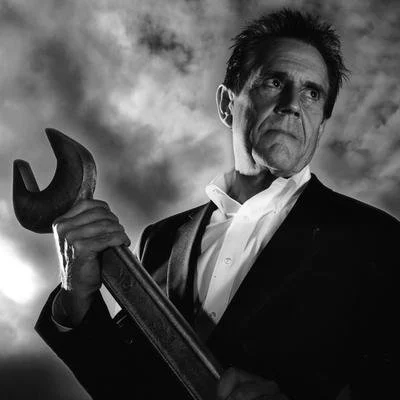The Plane That Helped Save Britain
“The key to success is to risk thinking unconventional thoughts. Convention is the enemy of progress.”
During the Second World War, both sides dropped many bombs.
To give you some idea of how many, the US and British Forces alone released 2.7 million tons over Europe.
These bombs were carried to their destination by large and heavily armed aircraft like the Avro Lancaster and Handley Page Halifax.
Due to their size, they were slow and difficult to manoeuvre, making them vulnerable to enemy fighters.
So, they flew high over their targets to avoid being shot down quickly.
As a result, they were not particularly accurate - so poor was their aim that less than 1% of their bombs found their target.
Clearly, an alternative solution was needed.
One British aerospace designer and engineer, Geoffrey de Havilland, was well aware of the requirement for a new type of bomber to go up against the German Air Force.
He had already spent many hours thinking about a lightweight and agile design that could fly low and fast over enemy territory, drop its bombs with accuracy, and then disappear before the enemy could mount an attack.
De Havilland was an unconventional thinker, and his early sketches proposed a radically different format to that of the ‘heavy’ bombers’.
They depicted an aircraft a fraction of the size constructed from wood and canvas instead of aluminium.
At the time, this was a backward step in material technology. However, de Havilland’s invention called for sophisticated composite construction techniques to ensure the plane was strong but extremely lightweight.
The design proposal was so radical that the British Government rejected his prototype in 1939.
Yet de Havilland was so convinced of its potential that he ordered it to be developed in complete secrecy at Salisbury Hall under a design team led by Eric Bishop.
This new generation bomber was named the Mosquito and became affectionately known as ‘The Wooden Wonder’ due to its balsa and plywood construction.
Its elegant design was powered by twin Rolls-Royce Merlin V12s, and with no exposed metal rivet heads to cause drag, she was extremely fast.
Amazingly, with a top speed of 388mph, she was quicker than a Spitfire, the famous British fighter of the time.
In November 1940, after many hours of refining, de Havilland invited sceptical officials to observe the prototype in action.
They were so impressed with the plane's performance that the British Government immediately took over funding for the project, and by the end of 1941, the aircraft was rolling off the production lines.
Due to her versatility, the Mosquito played a pivotal role in WW2.
During her time in service, she performed various roles, including those of a tactical bomber, night bomber, photo-reconnaissance, fighter bomber, and pathfinder.
Her speed and agility greatly affected German morale, and it was reported that if they managed to shoot one down, they could claim two victories instead of one.
Sadly, the aircraft’s key advantage became its most significant weakness when the war ended, as the wooden frame rotted away when not in use.
Nevertheless, the Mosquito’s very existence is a testament to the advantages of thinking differently, and de Havilland’s stubbornness offers a valuable lesson about breaking the ‘rules’ of any given category.
If you’re interested in learning how to think unconventionally, check out our courses ‘Creative Thinking’ and ‘Creativity For Business’.






